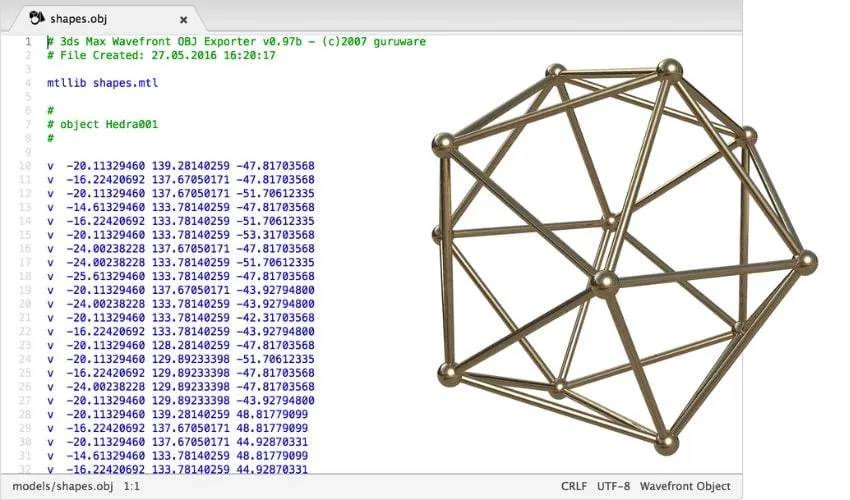OBJ Files for 3D Printing: Essential Insights Into Versatile Formats
Sunday, 25 August 2024, 15:01

Exploring the Importance of OBJ Files for 3D Printing
OBJ files for 3D printing are not just an alternative; they are a powerful addition to your toolkit. Characterized by their simple structure and compatibility, OBJ files should not be overlooked.
Why Choose OBJ Over STL?
- Versatility: OBJ supports both geometry and textures, making it ideal for complex models.
- Simplicity: These files are easier to read and modify, which is beneficial for designers.
- Widely Supported: OBJ is compatible with most 3D modeling software and printers.
How to Optimize OBJ Files for 3D Printing
- Reduce the File Size: Ensure efficient printing by minimizing file size without losing quality.
- Check Texture Mapping: Accurate mapping ensures that the final print reflects the intended design.
Final Thoughts on OBJ Files
In conclusion, OBJ files for 3D printing represent a significant asset in digital modeling. Integrating them into your 3D workflow can enhance your projects and streamline production.
This article was prepared using information from open sources in accordance with the principles of Ethical Policy. The editorial team is not responsible for absolute accuracy, as it relies on data from the sources referenced.